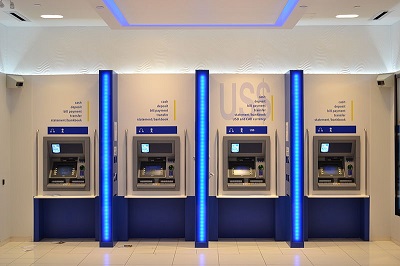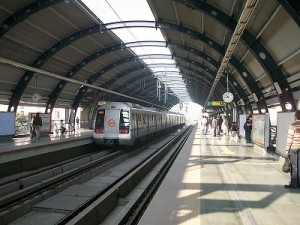According to the research from the UBS investment bank, smartphones could lead to widespread closures.
As a growing number of people start to use mobile banking as a regular part of their interactions with their accounts, it is now being predicted that hundreds of bank branches across Australia may be forced to close.
A survey was conducted by the UBS investment bank and it predicted more than 600 closures.
Analysts from UBS in New York, London, Japan, and Hong Kong partnered up with KPMG in order to produce a massive 54-page report that it has now published and released. Within it, 67 different bank management teams were surveyed across 18 different countries. Among them, there was an average expectation of a branch reduction of 5.6 percent as a direct result of the rise of mobile banking use.
That said, in Australia, that figure is predicted to be about twice the average of closures from mobile banking strategies.
 The report showed that despite the fact that Australia has seen a steady number of bank branches for quite a long time, the survey respondents feel that the country will be facing an 11 percent closure rate as a result of banking over smartphones and other mobile devices.
The report showed that despite the fact that Australia has seen a steady number of bank branches for quite a long time, the survey respondents feel that the country will be facing an 11 percent closure rate as a result of banking over smartphones and other mobile devices.
Based on June 2014 data from the Australian Prudential Regulation Authority, there were 5483 bank branches in the country at that time. Should the predictions of 11 percent be accurate, that would mean that there would be an estimated 603 branch closures across the country.
Because of this fear, many bank branches across the country have worked hard to reconfigure themselves in order to create a much more drop-in style environment and by reducing or removing tellers. This makes it possible for customers to be sold more types of products at their own convenience.
According to the UBS statistics over the span of the next three years, it could easily be that a cumulative reduction of costs by about 10 percent, as well as a boost of 6 percent rise in bank revenues. Over that same span of time, it is anticipated that there will reach the point that 46 percent of mobile related transactions, which Is an increase over the current 25 percent, and the 13 percent from 2013.

 The railway ticket can be purchased through the use of a credit or debit card that is entered into the
The railway ticket can be purchased through the use of a credit or debit card that is entered into the 